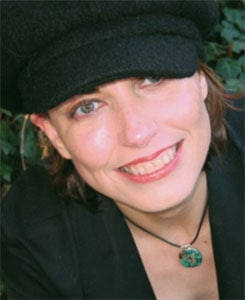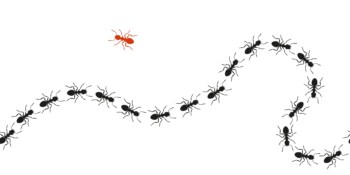Jennifer Ouellette is a freelance science writer based in Washington, DC. She is the author of the forthcoming The Physics of the Buffyverse.
What are the three best popular-science books, and why?
There are so many good popular-science books out there, but the best are those that combine a compelling narrative with clearly expressed scientific concepts. Robert Gilmore’s Alice in Quantumland, Lawrence Krauss’s Atom and The Code Book by Simon Singh top my list because they each found unusual ways to build a narrative around the scientific concepts. A close runner-up would be E = mc2 by David Bodanis, who is a marvellous scientific storyteller.
What science books are you currently reading?
I just finished The Physics of Superheroes by James Kakalios, and have started Janna Levin’s new book A Madman Dreams of Turing Machines.
What else are you reading?
While I’m waiting for the next instalment of Jasper Fforde’s delightful Thursday Next series, I’m tackling Marisha Pessl’s novel Special Topics in Calamity Physics.
Which popular-science book have you never read, but feel you ought to have tackled, and why?
On the Shoulders of Giants by Stephen Hawking. I like the concept of laying out the five most important scientific figures and their work within their historical context, but the sheer length of the book is daunting.
What advice could you offer to physicists who would like to write a popular-science book?
Know your target audience and tailor the level of your prose accordingly. Many popular-science books miss the mark when it comes to speaking to a lay audience. Avoid specialized jargon, define all your terms when you can’t avoid using scientific terminology, and never underestimate the power of analogy and metaphor when attempting to communicate with non-scientists.




